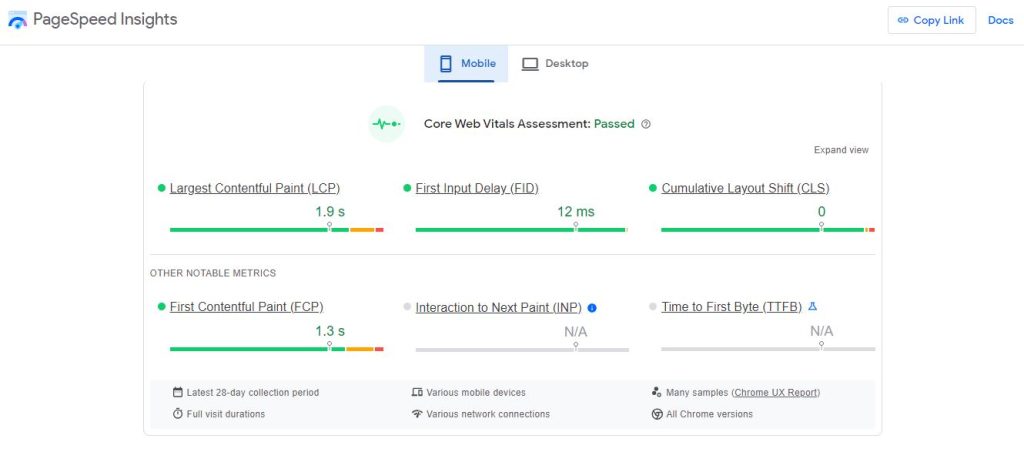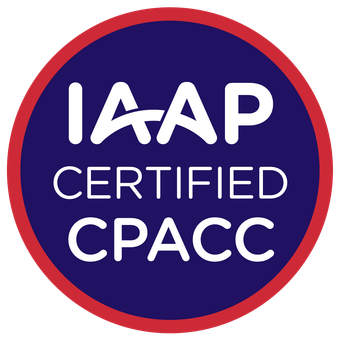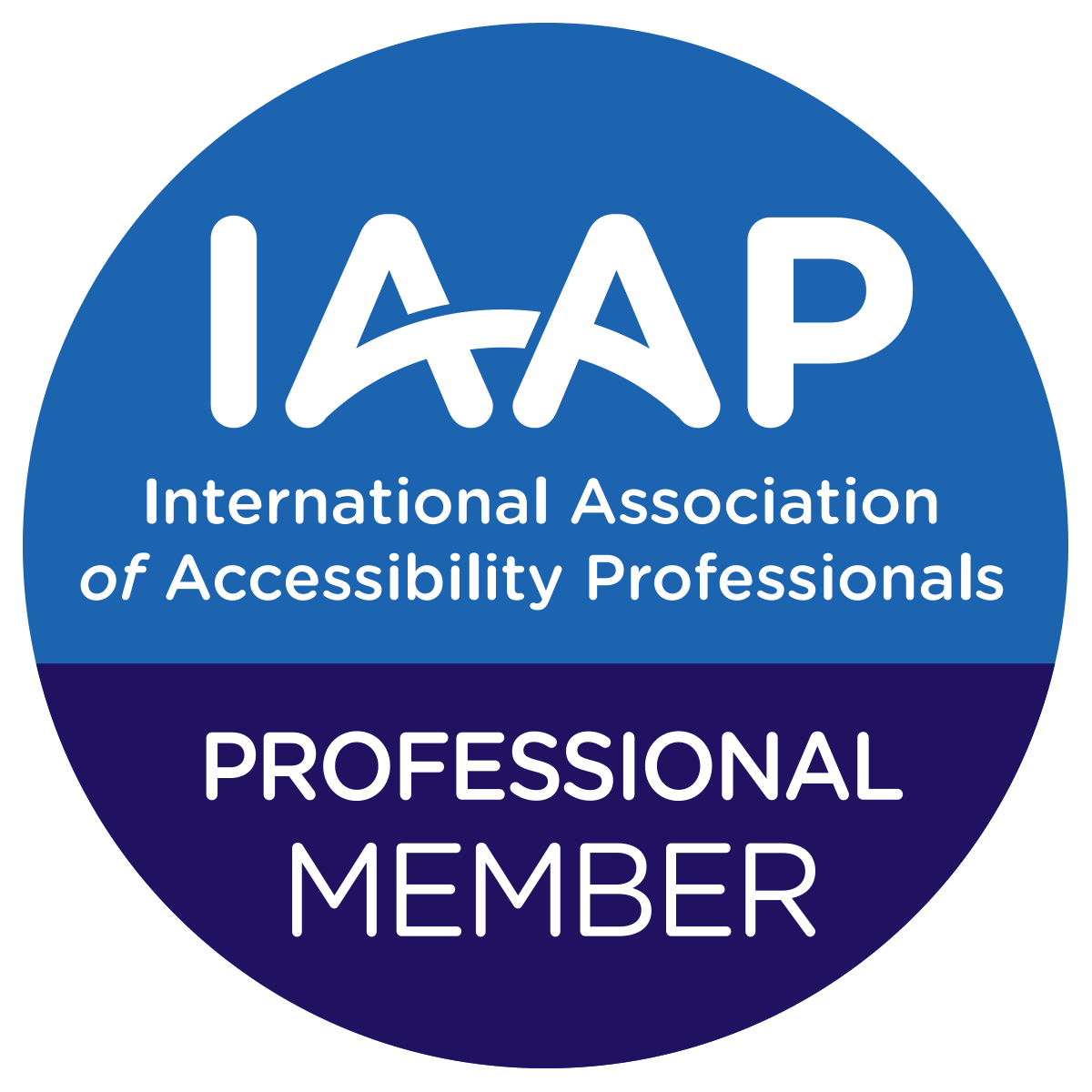The main idea behind incorporating SEO web design is to improve a website’s ranking in search engine results. It takes place in the design and development phase of the website. Search engines and users are the two main factors you should consider while developing a website.
You need a search engine-optimised website if you want it to show up on Google when prospective clients are seeking your products or services. However, for customers to find what they want to buy, you also need an innovative, user-friendly website.
Furthermore, mobile friendliness and site speed are two organic ranking elements directly impacted by website design.
Hiring an SEO specialist to assist with the launch or redesign of a website can help guarantee that the end product is search engine-friendly from the bottom up.
In particular, take caution while collaborating with other teams. Ensure the SEO services you use and the web design agency you work with are compatible.
Table of Contents
What does SEO web design involve?
Creating and implementing SEO-friendly websites is known as SEO web design. Fast load speeds, mobile friendliness, and descriptive URLs are all examples of SEO best practices that are adhered to by an SEO-friendly website. Businesses can improve search engine ranks and traffic by using SEO website design techniques, simplifying the process for search engines to understand and rank their website.
What makes SEO web design crucial?
How will customers find your website if it has an attractive design but none of the pages don’t rank well in search engine results?
Even if PPC ads and social media are great ways to get traffic, finding organic strategies to increase website traffic and rank on page one of search engine results pages (SERPs) is essential.
Let’s review some of the main advantages of SEO web design.
- Boosts organic search traffic
- Enhances the experience for users
- Draws in high-intent traffic
- Maximises the return on your marketing investment
Web design and SEO best practices go hand in hand. When you design your website, elements like site architecture, voice search integration, and optimising page speed directly influence your SEO. If you ignore SEO, it will be challenging to rank where you desire.
Skipping SEO website design will often result in your company wasting time and money and losing rankings. Combining SEO with web design is logical since your website and its design form the foundation of your SEO strategy.
Things to improve for SEO web design
Now that you grasp how crucial SEO web design is, let’s delve into how to optimise your website. Always prioritise search engine optimisation during the entire design process and ensure the smooth incorporation of these nine elements.
Ultimately, you should avoid the scenario where your SEO team dismantles the website once your web development team completes its construction, causing further delays. Instead, when the two teams work together on every aspect during the design phase, it streamlines the entire project.
Google’s search algorithm considers over 200 parameters to determine a website’s ranking. Handling all these aspects can be daunting for a single designer.
1. Adaptability to mobile devices
Your website must be viewable on smartphones and other mobile devices as more and more people explore the Internet on them. Better user experience aside, this will also increase your chances of ranking highly now that Google takes mobile-friendliness into account when assigning rankings.
Employing responsive design, which makes your website accessible on all devices and browsers, is the best method to handle issues. The possibility of duplicate content, which might arise if you have a separate mobile site, is also eliminated by responsive design.
2. The speed of the website
Google’s algorithm now takes into account the speed of your website. It makes sense—nobody enjoys visiting websites that take forever to load. Thus, Google will not display it for them.
The following factors may impact the speed of your page:
- Web hosting
- File dimensions
- Plugins
- Writing code or scripts
- Volume of traffic
Fortunately, Google provides a free tool called PageSpeed Insights that allows you to enter the URL of your website and check your performance.

3. URL Structure
The structure of your URLs must align with your search engine optimisation (SEO) strategy. Only the essential terms from your blog post or website should be in each URL slug.
When designing or redesigning your website, be mindful to conduct keyword research for pages you intend to include. Proceed in the same manner with each new page you make along the way.
Besides maintaining page accessibility, this aids Google in determining which keyword or keywords to rank your sites for. Because the majority of focus keywords consist of only a few words, this guarantees that your URL slugs will be simple for users to remember and enter into a URL field when searching for a particular page.
4. Readability
Designers must use fonts and sizes that are simple for your visitors to read, even though their main focus may be on the non-text components of your website.
Furthermore, your designer should understand how to give enough room for content unless the body copy is being extracted from an already-existing site (or has been pre-written) and is provided with your design standards. To rank well, you’ll need a tonne of well-written, optimised content, and your SEO will become frustrated with a design that merely makes a few phrases of text appear nice.
5. Content that can be indexed
Search engines consider a website to be SEO-friendly. If they can readily crawl it, means each page can be easily accessed, read, and understood by the engine. It increases the likelihood that the website will appear in search engine results pages.
The main content on every web page should be in HTML text format since that is the simplest way for Google to comprehend the page’s purpose and make the site crawlable.
6. File names and sizes
All of your images should have sensible, illustrative file names. It can assist search engines in “seeing” and contextualising your images, even if it might take a little more work than just giving them names like “IMG_01265.jpg.”
Your designer should make an effort to maintain the smallest file sizes possible, even though large, high-quality photos are undoubtedly visually appealing. Big files can cause page load times to lag, which hurts your rankings and increases bounce rate in addition to giving users a negative experience.
7. Alt tags
In a similar spirit, alt tags are required for your images. It is significant for several reasons.
First off, over 25% of Google search searches return photos. According to data, 62% of younger searchers prefer visual search capabilities over other forms of technology,
Google’s algorithm can understand what’s happening in your images with alt tags. Your image might appear in the user’s search results if it matches their query.
With a capital letter at the start and a period at the end, your alt tag should be a complete statement that accurately defines what is in your image.
It also makes you more accessible overall. The images you use can be understood by someone using a screen reader, so people who are blind or visually impaired can still have an excellent user experience on your website.
8. Navigation
Because it’s one of the most crucial elements of a fantastic user experience, navigation should be kept straightforward. Your website visitors are more likely to convert if they can easily find what they need.
Simple navigation also reduces the possibility that users may become lost and abandon your website, which can decrease the bounce rate and raise search engine rankings.
9. Schema Markup
A structured data language called schema markup helps search engines understand the elements of your website.
Schema allows search engines to extract valuable data from web pages, display it directly on search engine results pages (SERPs) and provide more accurate search results.
Using schema also provides the chance to obtain rich results or search results with extra interactive or graphic components.
Reviews, how-to sections, and FAQs are just a few things that Google may display off its structured data.
My Final Verdict
Bridging the gap between SEO and web development is essential to creating a well-designed, search engine-friendly website. If you want to ensure that your website is adequately optimised for SEO and usability, encourage your teams to collaborate from the start.
Keep in mind that the ideal approach to rank well in search engines is to offer value to your customers. Therefore, to enhance your search results, optimise the above elements, provide high-quality content, and create excellent user experiences.
My true passion lies in learning and development. My vision as a writer is to deliver the content to people who would desire to read something fruitful. By making content as the true king, I would be able to reach this goal. I also embed my passion for research and creativity to fulfill the goal.







